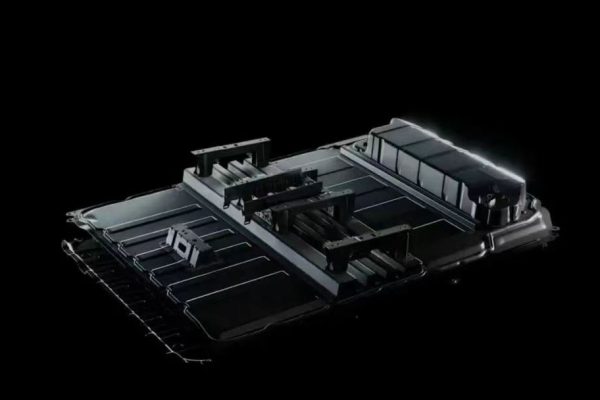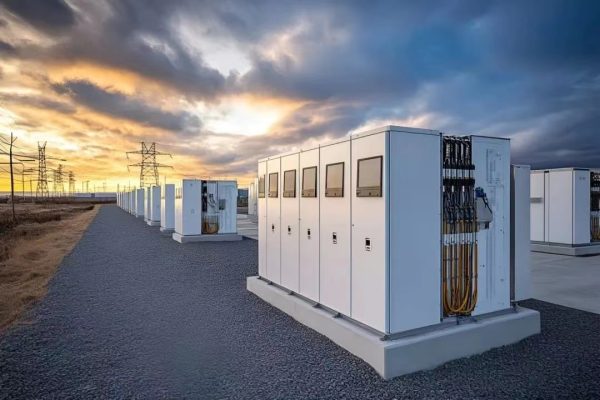How to Build a Stable, Efficient Hybrid System Without Brand Lock-In
1. Why Mix and Match?
In small commercial and residential solar projects, installers often face a familiar challenge:
A client already has a PV system from Brand A but wants to add batteries from Brand B—or vice versa.
Mixing brands can help:
- Lower costs by choosing the best value components
- Increase flexibility in design and sourcing
- Avoid vendor lock-in and single-point supply chain risks
However, combining different brands for PV modules, inverters, and batteries requires careful planning to avoid performance losses and compatibility issues.
2. Key Compatibility Factors
A. Voltage Matching
- Ensure the DC voltage range of the inverter’s MPPT matches the PV array output
- Battery voltage must be compatible with the inverter’s DC bus voltage (e.g., 48V, 100V, or high-voltage 200–500V systems)
B. Communication Protocols
- Many hybrid inverters use CANbus or RS485 to communicate with batteries for SOC (state of charge) and BMS data
- If your battery and inverter brands don’t natively “talk,” you may need:
- A protocol adapter
- A generic battery mode in the inverter firmware
C. Warranty Conditions
- Some inverter brands only honor warranty if paired with approved battery models
- Always confirm in writing before purchase
3. Practical Design Tips
Tip 1 – Choose the Inverter First
The inverter is the “translator” between PV and battery. Selecting a model with wide battery compatibility lists makes future expansion easier.
Tip 2 – Use Battery Brands with Open BMS Protocols
Batteries with flexible communication (e.g., Modbus TCP, open CAN) allow easier pairing with different inverters.
Tip 3 – Consider AC-Coupling for Maximum Flexibility
If DC-side compatibility is a headache, use an AC-coupled battery system:
- Works with any PV inverter brand
- Slightly lower round-trip efficiency (~88–92%) but far fewer compatibility issues
Tip 4 – Check Firmware Update Options
Some inverter brands can add support for new battery models via firmware updates. Make sure your installer has access to these updates.
Tip 5 – Avoid Over-Sizing One Side
Balance PV capacity and battery size so that the battery can store most midday surplus without being underused.
4. Common Pitfalls to Avoid
- Mixing incompatible voltages → Can damage equipment or trigger inverter errors
- No communication link → Causes inaccurate SOC readings and premature battery cycling
- Ignoring charge/discharge limits → Some batteries have lower max currents than inverters can supply
- Underestimating cable sizing needs → Higher currents from mismatched components can cause heat buildup
5. Case Study: SME Warehouse Retrofit
Scenario:
- Existing 40 kW PV system from Brand A
- Desire to add 100 kWh storage from Brand B
Solution:
- Selected a hybrid inverter supporting both high-voltage PV and HV battery bus
- Used the battery manufacturer’s CAN communication profile loaded into the inverter firmware
- Enabled time-of-use shifting to reduce peak demand charges
Result:
- Peak demand costs dropped 30%
- Payback period shortened to 6.5 years with incentives
6. Final Checklist Before Mixing Brands
✅ Match voltage ranges for PV, inverter, and battery
✅ Verify communication protocols or plan for adapters
✅ Confirm warranties in writing
✅ Ensure local regulations allow third-party integration
✅ Test the system under full load before commissioning
- Mixing PV and battery brands is entirely possible with the right inverter choice and communication setup
- Always start with compatibility checks—voltage, protocol, and warranty are the big three
- AC-coupling can be a reliable workaround for otherwise incompatible systems
- A well-planned hybrid design can reduce costs and improve sourcing flexibility without sacrificing performance









